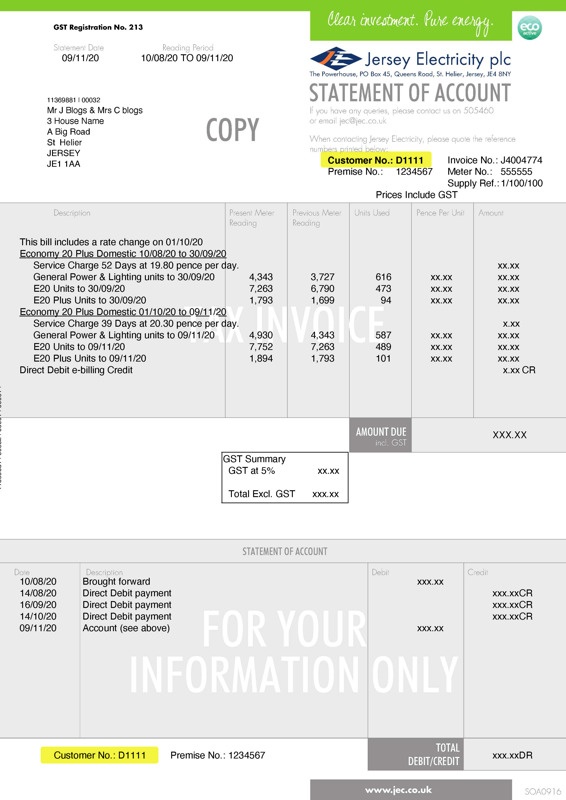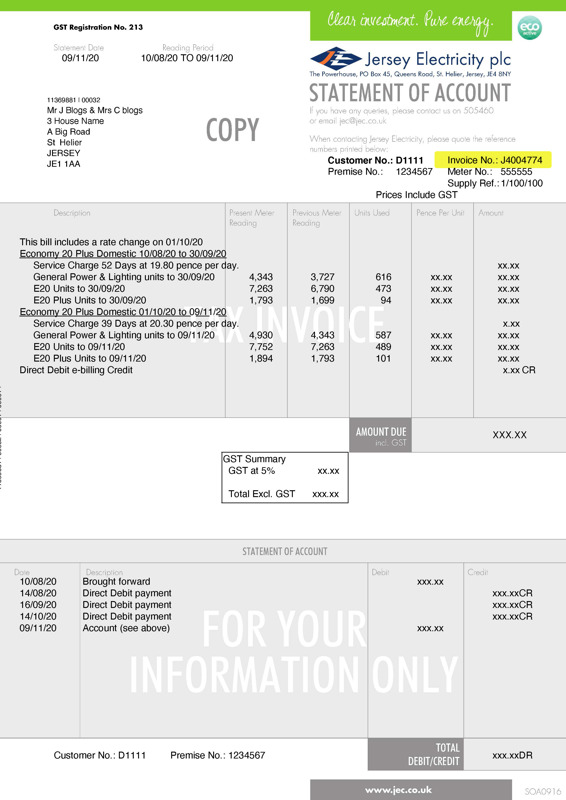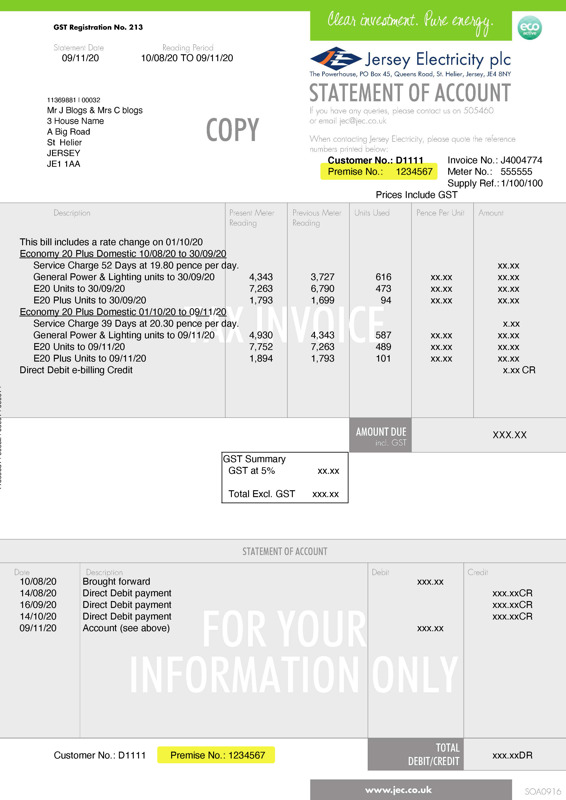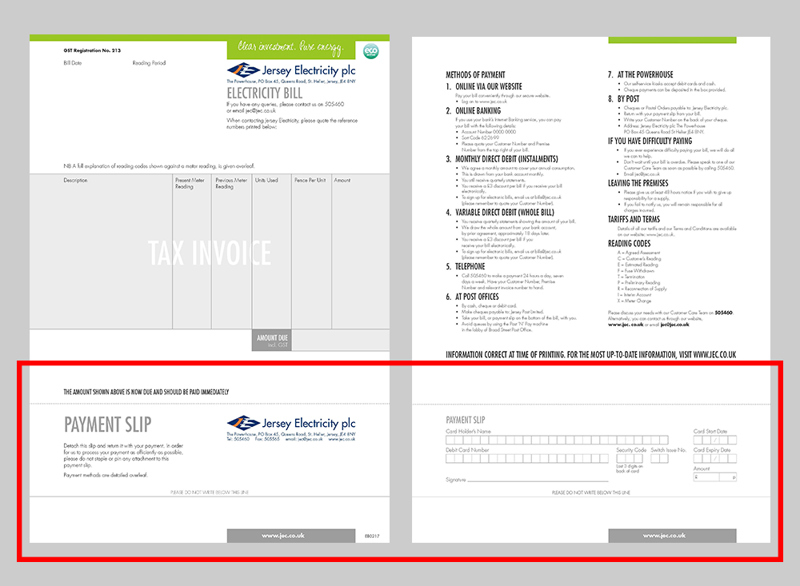Energy prices in the UK rose on average 22% last year and recently rose again by 54% when the Government regulator Ofgem raised the price cap on a standard variable dual-fuel tariff by 54% on 1 April. Analysts predict another 40-50% rise when the UK price cap is reviewed again on 1 October 2022, doubling average energy bills to more than £3,000 a year in just six months.
July’s rise here is slightly below the Island’s recently announced inflation rate of 6% and will add about £1 a week to the average domestic bill of around £1,100 a year and a further £1 per week from 1 January 2023.
JE CEO Chris Ambler said: ‘Islanders are aware that global and European energy markets are in turmoil. We are receiving increasing volumes of calls from customers concerned about what prices might do here in Jersey following press announcements covering national and international price rises. As an example, the Isle of Man recently announced the retail price of electricity will rise by 30% between this April and July.
‘Although the electricity prices we pay for the 2022-24 period are largely hedged, we are not fully hedged nor completely immune to this volatility. By announcing our intentions now, we hope to give Islanders more confidence that our electricity prices will be relatively stable over the coming months and over the winter period when more electricity tends to be used.
‘Islanders have been greatly shielded from the worst effects of this current period of unprecedented energy market volatility because our electricity, which is sourced from lower cost and low carbon nuclear and hydro-electric generation, is procured under long term contract that allows for hedging our requirements up to three years in advance and affords the island certain price protections. The company’s foreign exchange requirements are similarly procured under a rolling basis to broadly match power purchases.
‘Despite the planned increases in Jersey’s electricity prices, we expect them to remain at just over half the level of UK prices.’







